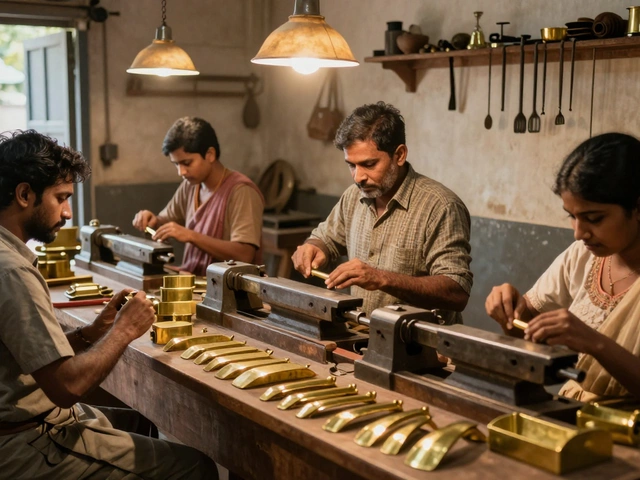Price Comparison Tips for Manufacturers and Buyers – Find the Best Deals Fast
Ever felt stuck choosing between two suppliers or wondering if you’re overpaying for a product? You’re not alone. In manufacturing, importing, or even flipping items, a quick price comparison can save you thousands. Below are straight‑forward steps you can use right now to see where the real savings hide.
Why price comparison matters
First off, price isn’t the only factor, but it’s a big one. A higher quote might include better quality, faster delivery, or lower hidden fees. On the flip side, a low price can mask hidden customs duties, poor warranty or extra shipping costs. By looking at the total cost of ownership – price, taxes, shipping, and after‑sales support – you avoid nasty surprises later.
Take the example of importing furniture from India to the USA. One quote might list a lower FOB price, but when you add customs clearance and inland freight, the final bill could be 30% higher. Comparing the full landed cost up front tells you which offer truly wins.
Practical steps to compare prices
1. List every cost component. Write down base price, freight, insurance, import duty, handling fees and any optional services. A simple spreadsheet works – each column is a cost type, each row a supplier.
2. Use online calculators. For Indian exporters, portals like ICEGATE can estimate duty based on HS codes. Plug the numbers in and you’ll see the total landed cost in seconds.
3. Check exchange rates. Prices in INR can swing wildly with the rupee‑dollar rate. Use a real‑time converter and lock in rates with forward contracts if the purchase is large.
4. Benchmark against market data. Look at recent deals posted on industry forums or resale sites. The "most profitable item to flip in 2025" article, for instance, shows ROI ranges that help you gauge if a supplier’s price is realistic.
5. Verify quality and service. Ask for sample units or visit the factory if possible. A cheap price that delivers faulty goods will cost more in re‑work and reputation damage.
6. Factor in volume discounts. Many manufacturers drop the unit price after a certain order size. Plot the price per unit against quantity to find the sweet spot where total spend is lowest.
Putting these steps together gives you a clear picture. You’ll see whether a Baddi pharma hub’s bulk pricing beats Hyderabad’s R&D‑heavy quote, or if a local Indian textile maker outperforms an overseas synthetic supplier once freight is added.
Finally, keep a running log of all your comparisons. Over time you’ll spot patterns – maybe a particular freight forwarder always adds a hidden surcharge, or a certain region consistently offers better net prices. That historical data becomes your secret weapon for future negotiations.
Price comparison doesn’t have to be a chore. With a spreadsheet, a few online tools, and a habit of asking the right questions, you’ll turn every purchase into a smarter, cheaper decision. Ready to start saving? Grab your next supplier quote and run it through the checklist above – the savings will speak for themselves.
Cheaper Electronics Brands in Europe vs India: What Shoppers Need to Know
Wondering if you can snag electronics for less in Europe than in India? We break down which big brands often cost less overseas, and why. See which gadgets and gear might be truly worth buying abroad. This guide covers key factors that influence prices and tips for making smart shopping decisions. Learn how to avoid surprises with taxes and warranty issues.
Read More




